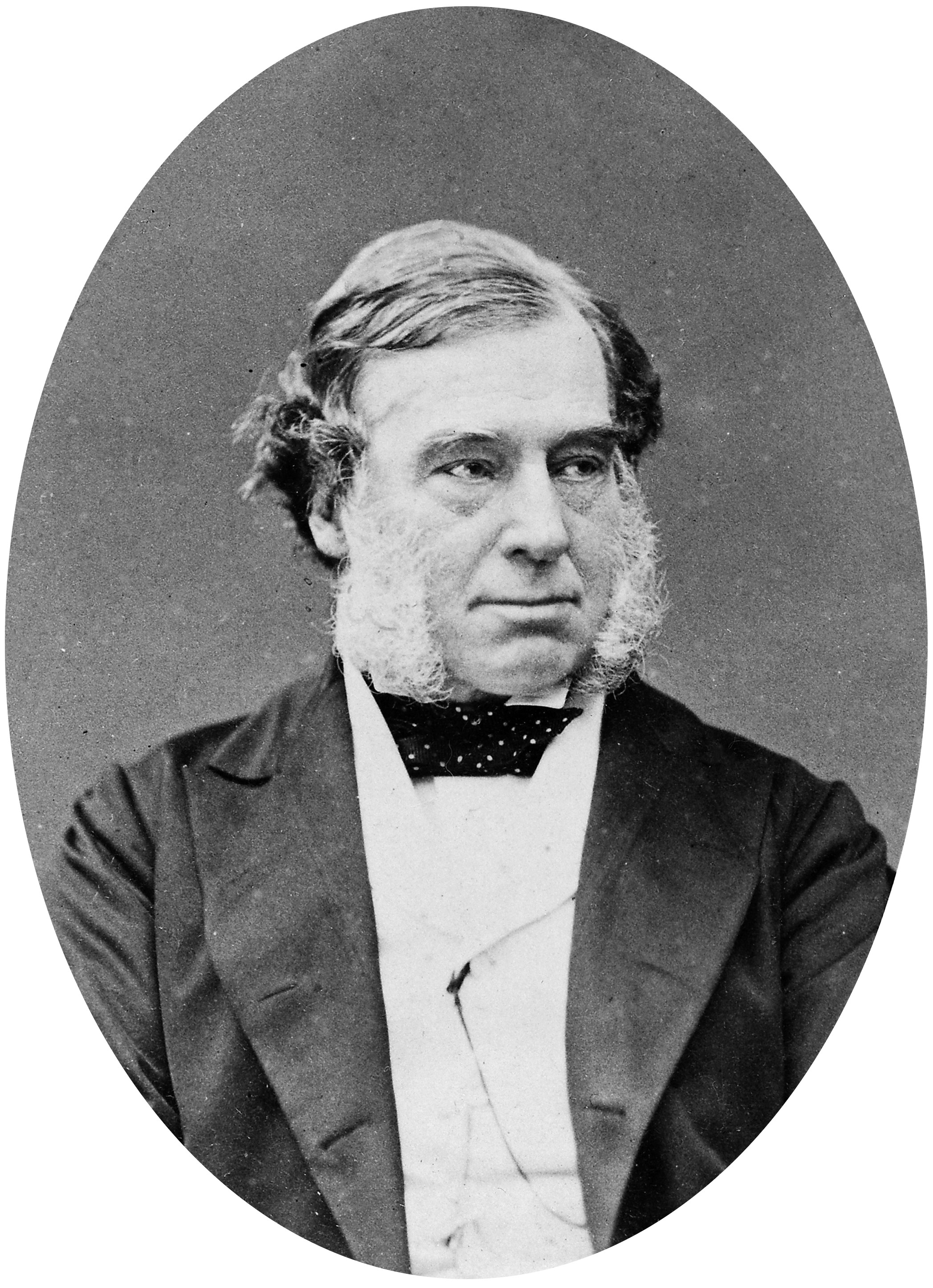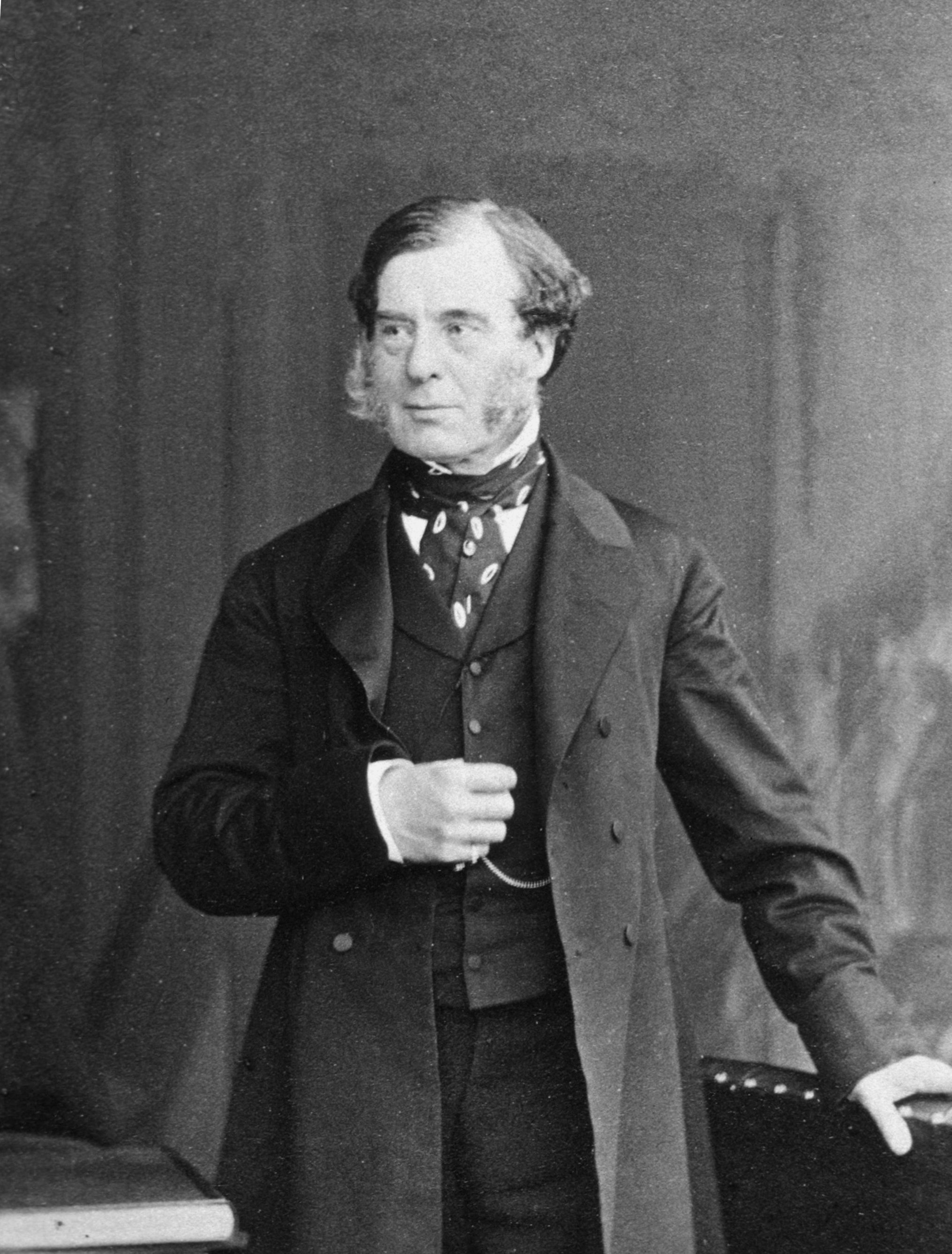George Burrows, 1st Baronet on:
[Wikipedia]
[Google]
[Amazon]


 Sir George Burrows, Bt, PRS, (28 November 1801 – 12 December 1887) was an English physician and President of the
Sir George Burrows, Bt, PRS, (28 November 1801 – 12 December 1887) was an English physician and President of the
Monks Roll Biography
{{DEFAULTSORT:Burrows, George 1st Baronet 1801 births 1887 deaths Burials at Highgate Cemetery Alumni of Gonville and Caius College, Cambridge Baronets in the Baronetage of the United Kingdom Fellows of Gonville and Caius College, Cambridge Fellows of the Royal Society Fellows of the Royal College of Physicians Presidents of the Royal College of Physicians Physicians-in-Ordinary Presidents of the British Medical Association Committee members of the Society for the Diffusion of Useful Knowledge


 Sir George Burrows, Bt, PRS, (28 November 1801 – 12 December 1887) was an English physician and President of the
Sir George Burrows, Bt, PRS, (28 November 1801 – 12 December 1887) was an English physician and President of the Royal College of Physicians
The Royal College of Physicians (RCP) is a British professional membership body dedicated to improving the practice of medicine, chiefly through the accreditation of physicians by examination. Founded by royal charter from King Henry VIII in 1 ...
.
Early life
He was born in London, the son of George Man Burrows FRCP and his wife Sophia (née Druce) Burrows, and went to school in Ealing.Career
He studied atSt Bartholomew's Hospital
St Bartholomew's Hospital, commonly known as Barts, is a teaching hospital located in the City of London. It was founded in 1123 and is currently run by Barts Health NHS Trust.
History
Early history
Barts was founded in 1123 by Rahere (die ...
before going up to Caius College, Cambridge
Gonville and Caius College, often referred to simply as Caius ( ), is a constituent college of the University of Cambridge in Cambridge, England. Founded in 1348, it is the fourth-oldest of the University of Cambridge's 31 colleges and one of th ...
in 1820 where he was elected a fellow of his college after taking his B.A. degree in 1825. A year later he graduated as M.B. and resumed his medical studies at St. Bartholomew's. He was appointed joint lecturer on medical jurisprudence at St. Bartholomew's in 1932. In 1834 he was made assistant physician and in 1836 joint lecturer on medicine. In 1841 he was promoted to be full physician, an office which he held for twenty-two years, and became sole lecturer on medicine. He was also physician to Christ's Hospital
Christ's Hospital is a public school (English independent boarding school for pupils aged 11–18) with a royal charter located to the south of Horsham in West Sussex. The school was founded in 1552 and received its first royal charter in 1553. ...
for many years. He was appointed Physician-Extraordinary to the Queen in 1870 and Physician-in-Ordinary three years later.
He was elected a Fellow of the Royal College of Physicians
The Royal College of Physicians (RCP) is a British professional membership body dedicated to improving the practice of medicine, chiefly through the accreditation of physicians by examination. Founded by royal charter from King Henry VIII in 1 ...
in 1832 and delivered the Goulstonian Lectures
The Goulstonian Lectures are an annual lecture series given on behalf of the Royal College of Physicians in London. They began in 1639. The lectures are named for Theodore Goulston (or Gulston, died 1632), who founded them with a bequest
A beque ...
in 1834, the Croonian Lecture
The Croonian Medal and Lecture is a prestigious award, a medal, and lecture given at the invitation of the Royal Society and the Royal College of Physicians.
Among the papers of William Croone at his death in 1684, was a plan to endow a single ...
in 1835–36 and the Lumleian Lectures
The Lumleian Lectures are a series of annual lectures started in 1582 by the Royal College of Physicians and currently run by the Lumleian Trust. The name commemorates John Lumley, 1st Baron Lumley, who with Richard Caldwell of the College endow ...
in 1843–44. He was elected to serve as President of the college from 1871 to 1876. He was also President of the British Medical Association in 1862. He was elected as a member of the American Philosophical Society
The American Philosophical Society (APS), founded in 1743 in Philadelphia, is a scholarly organization that promotes knowledge in the sciences and humanities through research, professional meetings, publications, library resources, and communit ...
in 1873.
He wrote a book on ''The Disorders of the Cerebral Circulation'' (1846).
On 19 March 1874 he was created a baronet
A baronet ( or ; abbreviated Bart or Bt) or the female equivalent, a baronetess (, , or ; abbreviation Btss), is the holder of a baronetcy, a hereditary title awarded by the British Crown. The title of baronet is mentioned as early as the 14t ...
, ''of Cavendish Square
Cavendish Square is a public garden square in Marylebone in the West End of London. It has a double-helix underground commercial car park. Its northern road forms ends of four streets: of Wigmore Street that runs to Portman Square in the much la ...
, in the County of Middlesex
Middlesex (; abbreviation: Middx) is a historic county in southeast England. Its area is almost entirely within the wider urbanised area of London and mostly within the ceremonial county of Greater London, with small sections in neighbouring ...
, and of Springfield, in the Isle of Wight
The Isle of Wight ( ) is a Counties of England, county in the English Channel, off the coast of Hampshire, from which it is separated by the Solent. It is the List of islands of England#Largest islands, largest and List of islands of England#Mo ...
''.
Personal life
He married Elinor Abernethy in 1834 and had eight children, of whom five predeceased him. He died in 1887 at Cavendish Square, London, and was buried atHighgate Cemetery
Highgate Cemetery is a place of burial in north London, England. There are approximately 170,000 people buried in around 53,000 graves across the West and East Cemeteries. Highgate Cemetery is notable both for some of the people buried there as ...
. His title passed to his son Frederick Abernethy Burrows.
References
*Monks Roll Biography
{{DEFAULTSORT:Burrows, George 1st Baronet 1801 births 1887 deaths Burials at Highgate Cemetery Alumni of Gonville and Caius College, Cambridge Baronets in the Baronetage of the United Kingdom Fellows of Gonville and Caius College, Cambridge Fellows of the Royal Society Fellows of the Royal College of Physicians Presidents of the Royal College of Physicians Physicians-in-Ordinary Presidents of the British Medical Association Committee members of the Society for the Diffusion of Useful Knowledge